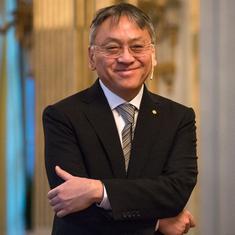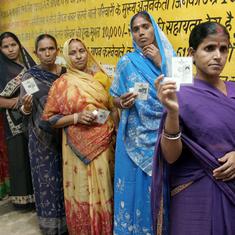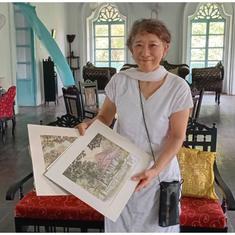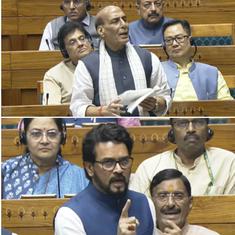This is particularly true when cross-cultural conversations are event-driven or producer-driven. Those that are of an abiding interest and stand the test of time are the ones initiated by musicians.
It is time then to remind ourselves of a past when cultural maps transcended narrow political boundaries. Take the case of the Arab and Persian cultures. One can immediately discern the shared cultural history that the Indian subcontinent enjoys with that part of the world.
Through music, food, apparel and more, our societies have exchanged a lot. Much of this has been adapted and absorbed to such an extent that we seem to have lost touch with the context in which these exchanges took place.
Little wonder then that one can discern melodic similarities between some of the Indian ragas and the dastgahs and maqams of the Middle East. For instance, this is a vocal rendition of raga Bhairav:
Ustad Moinuddin and Aminuddin Dagar
And now, here’s a clip that shows a striking similarity with raga Bhairav:
Listen to these tunes as a single playlist on our YouTube channel.










